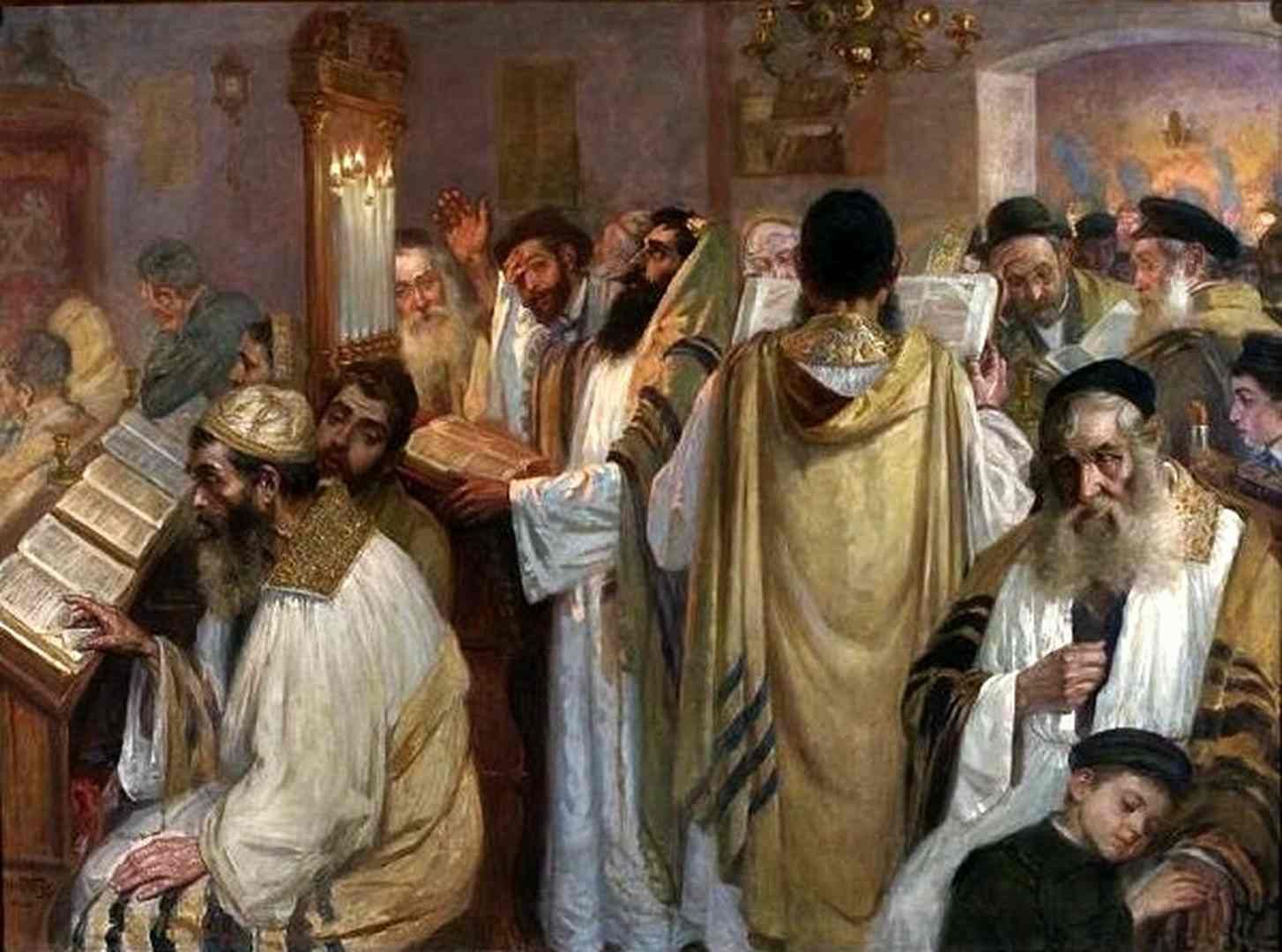“Yom Kippur,” the day of ritual and moral cleanness and self‐denial, has become the climax of the Jewish High Holy Days. This day is the hope for freshness and new beginning for individuals and for the collective. Once a year, on the tenth of the seventh month (Tishre), the high priest atones (כפר) for impurities of the Temple and the altar, and at the same time also for sins of all the people: himself, his close family, his priestly clan, and all Israel (Lev 16:10–11, 16–19, 21–22, 24, 29–33; 23:27; Num 29:7; Exod 30:10). In fact, atonement of the people is the core of the Yom Kippur ritual (Lev 16:6–11, 15, 17, 21–24, 30–32), while the atonement of the Temple and the altar is mentioned only secondarily (Lev 16:16, 18–20, 33).
The biblical text states: “For on that day [shall the priest] make an atonement for you, to cleanse you, that you may be clean from all your sins before the Lord” (Lev 16:30).[1] Despite the evident meaning of the term “all your sins,” the rabbis learn from the phrase “before the Lord” that Yom Kippur atones for sins “between man and God” (בין אדם למקום) only, and this too, only under certain conditions.[2] For the sins “between man and his fellow” (בין אדם לחברו), one must appease his fellow and request forgiveness. In case he or she harmed another, he or she must pay compensation or return the stolen goods.[3]
I wish that others would forgive me for my sins and transgressions.


